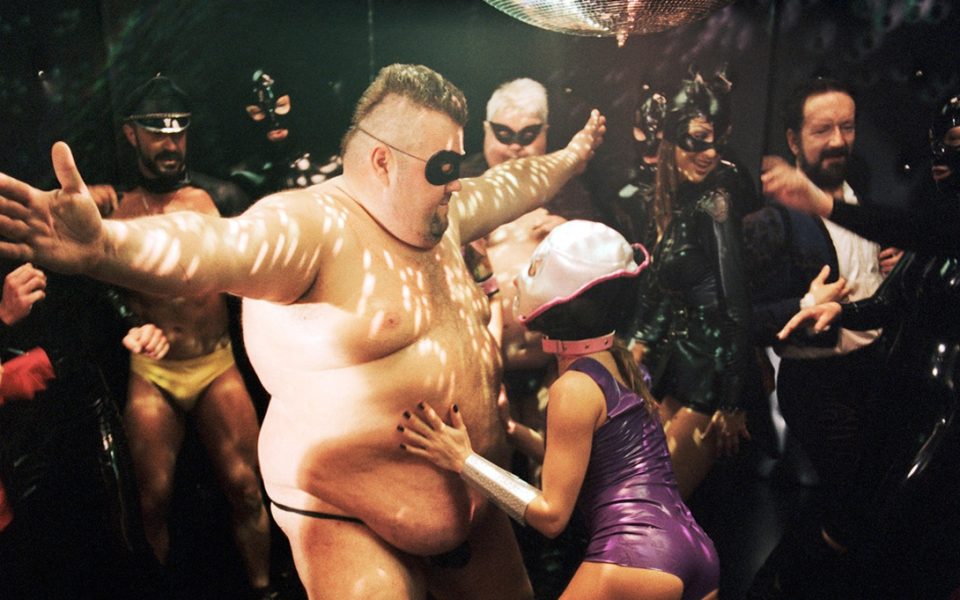by Brian Clarey
There are short films, and there are shorts.
It’s not easy to string together a cohesive narrative inside of 20 minutes, and most pieces that fall under this category are dictated by their length. But some of them transcend their brief running time, giving impressions and thoughts that last way past the closing credits.
These are the types of shorts that make it to Sundance, the most prestigious film festival in the country and probably the continent.
A/perture Cinema’s got the whole traveling slate of 2014 Sundance shorts starting this weekend, eight films about 20 minutes each, all of which direct the viewer to some sort of insight or revelation.
The first selection, “Afronauts,” is a beautiful little piece rich in symbolism and story. In it, we’re told the nation of Zambia plans to send a 17-year-old female astronaut to the moon. The footage, shot in black and white and more or less silent, shows the girl’s trepidation and anticipation surrounding her impending journey. When the storyline plays out in an inevitable realization, we are left questioning our own beliefs about the things we’ve been told are so.
A French-Canadian short, “La Coupe,” captures the growing rift between a little girl and her father in one long shot with a single hand-held camera. It looks almost like a home movie.
An Israeli piece with a cumbersome title, “I Think This is the Closest to How the Footage Looked,” reconstructs the last moments in the life of the filmmaker’s mother using seemingly random household objects. But there is an awful truth behind the objects themselves, laced with guilt and unfortunate turns of events. One gets the sense that this project was the whole reason the maker got into film in the first place.
That’s what it takes to win at Sundance: There has to be more to the story than what’s captured on film. And like all the best art, the extra material is provided by the audience and not the artist.
Some of this comes in the form of a straight narrative with hooks in the plotline that invite greater discussion. “Dawn” is a period piece from about 1960 concerning young romance and riding in cars with boys. Dawn, the protagonist, takes romantic advice from one of the teen periodicals of the day, with just about the worst results possible.
“Verbatim” uses actual court transcripts in a re-enactment that proves that truth can be stranger — and funnier — than fiction.
And “I’m a Mitzvah” is sort of an art-house version of Weekend at Bernies that turns on a ridiculous premise into a touching testament to friendship.
Perhaps the best of the slate is a simple short entitled “Love. Love. Love.” Three short acts give direct quotes from people at different stages of their lives — tweens, married couples and old people — about the nature and value of love.
There are no bad films in this run; each won honors in the 2014 Sundance festival. But the most off-topic is a surreal piece called “MeTube,” which is basically a music video featuring a pastiche of images and short scenes morphing into one another. It’s sexy, strange and oddly compelling. But after the credits rolled, the question in most viewers’ minds will be about how this thing was made, and possibly why.
Join the First Amendment Society, a membership that goes directly to funding TCB‘s newsroom.
We believe that reporting can save the world.
The TCB First Amendment Society recognizes the vital role of a free, unfettered press with a bundling of local experiences designed to build community, and unique engagements with our newsroom that will help you understand, and shape, local journalism’s critical role in uplifting the people in our cities.
All revenue goes directly into the newsroom as reporters’ salaries and freelance commissions.


Leave a Reply